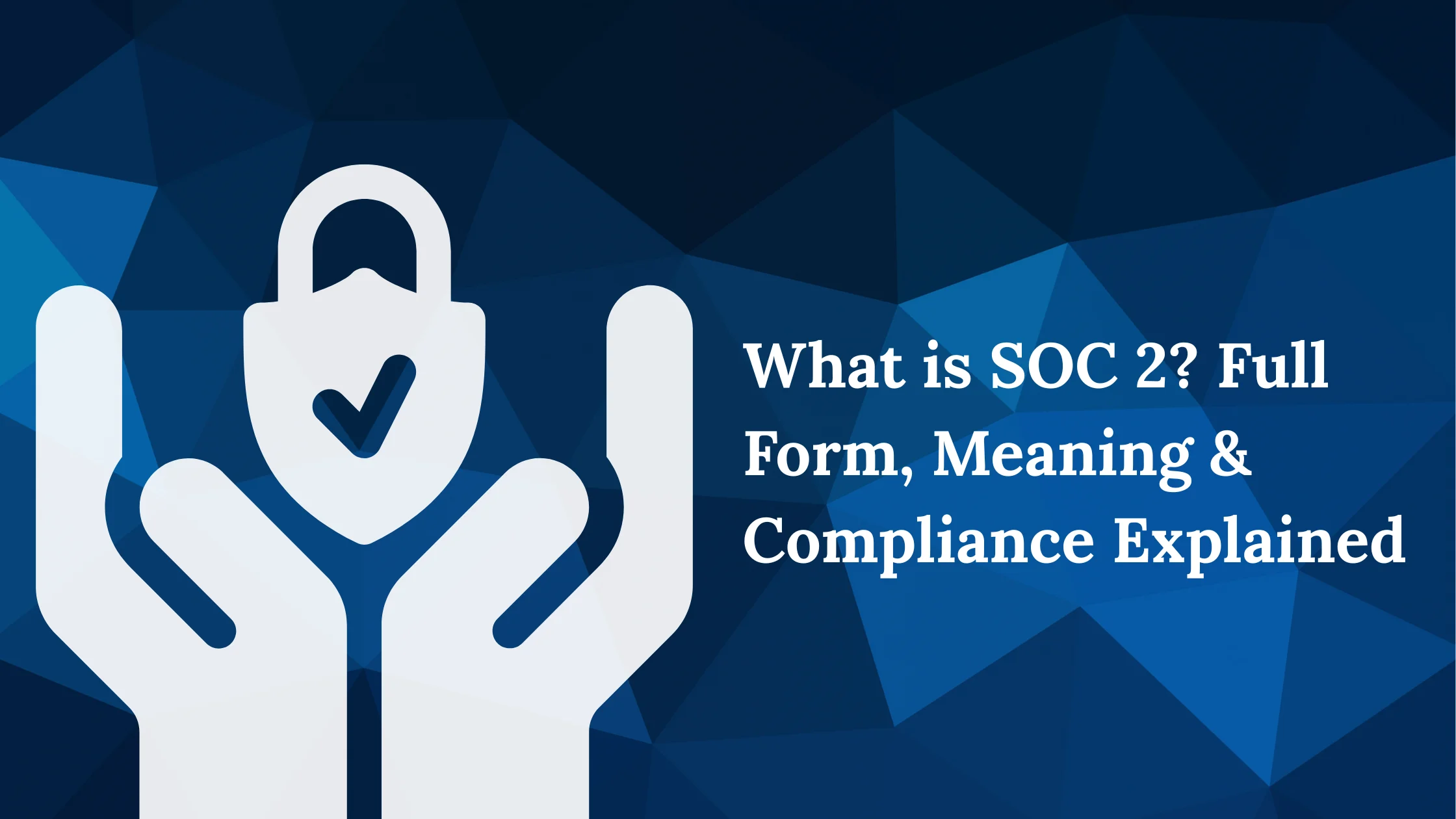
Zero Trust Architecture: The Future of Cyber Security
In an age where cyber threats are becoming increasingly sophisticated, organizations must rethink their security strategies. Traditional security models, which often relied on perimeter defenses, are no longer sufficient. Enter Zero Trust Architecture (ZTA)—a revolutionary approach to cybersecurity that operates on the principle of "never trust, always verify."
Introduction to Zero Trust Architecture
What is Zero Trust Architecture (ZTA)?
Zero Trust is a security model designed to protect against data breaches by eliminating implicit trust within an organization's network. Unlike traditional models that assume internal networks are secure, ZTA acknowledges that threats can originate from both outside and inside the network.
Evolution of Security Models
Historically, organizations focused on securing their perimeters, believing that once inside the network, users could be trusted. However, as cyber threats have evolved, it has become clear that this approach is flawed. ZTA shifts the focus from perimeter security to continuous verification of every access request.
Core Principles of Zero Trust
1. Verify Explicitly
Every access request must be authenticated and authorized based on multiple data points, including user identity, device health, and location.
2. Least-Privilege Access
Users should only have access to the resources necessary for their roles, minimizing potential exposure to threats.
3. Assume Breach
Organizations should operate under the assumption that a breach has occurred or will occur. This mindset focuses efforts on minimizing impact and responding effectively.
Key Components of Zero Trust
- Identity and Access Management (IAM)
Implementing strong authentication mechanisms, such as multi-factor authentication (MFA), is crucial for verifying user identities.
- Microsegmentation
Dividing the network into smaller segments limits lateral movement of threats within the organization.
- Continuous Monitoring
Real-time analysis of user behavior and network traffic helps detect anomalies and potential threats before they escalate.
Implementing Zero Trust Architecture
1. Identify Critical Assets
Determine which data, applications, and services are most vital to the organization.
2. Assess Risks
Conduct a comprehensive risk assessment to identify vulnerabilities and potential threats.
3. Develop Policies
Create granular access policies based on user roles, device types, and data sensitivity.
The Role of Technology in ZTA
- Advanced Authentication Technologies
Utilizing biometric verification and behavioral analytics enhances security measures.
- Automated Response Mechanisms
Implement systems that can automatically respond to detected threats in real time.
- Integration with Cloud Services
Ensure that ZTA extends to cloud environments and third-party services to maintain consistent security practices.
Benefits of Zero Trust Architecture
- Enhanced Security Posture
By enforcing strict access controls, ZTA reduces the attack surface significantly.
- Improved Compliance
Helps organizations meet regulatory requirements related to data protection more effectively.
- Operational Efficiency
Streamlining security processes through automation improves response times and reduces manual workloads.
Challenges in Adopting Zero Trust
- Cultural Resistance
Employees may resist changes in access protocols and security practices; effective communication is essential to overcome this hurdle.
- Resource Allocation
Implementing ZTA requires significant investment in technology and training, which can strain budgets.
- Complexity of Integration
Integrating ZTA with existing systems can be complex and time-consuming but is necessary for comprehensive security coverage.
Best Practices for Zero Trust Implementation
1. Engage Leadership Support
Secure buy-in from top management to prioritize ZTA initiatives across the organization.
2. Phased Implementation Approach
Start with high-risk areas before expanding ZTA across all organizational functions.
3. Regular Training Programs
Educate employees on new security practices and the importance of adopting a Zero Trust mindset.
Future Trends in Zero Trust Architecture
- Increased Adoption Across Industries
As it threats evolve, more organizations recognize the need for robust security frameworks like ZTA.
- Integration with AI and Machine Learning
Leveraging AI for predictive analytics will enhance threat detection capabilities and automate responses effectively.
Call to Action
Start your Zero Trust journey today! Assess your current security posture and identify areas for improvement. Engage with cybersecurity experts at KavachOne to develop a tailored Zero Trust strategy that meets your organization’s specific needs. Together, we can build a more secure future for your enterprise.
More For You

...

SOC 2 Compliance for Service Providers: Ensuring Data Privacy and Security
SOC 2 compliance is a security standard for service providers handling customer ...

Factory Cybersecurity: Protecting Industrial Control Systems in Manufacturing Operations
...
